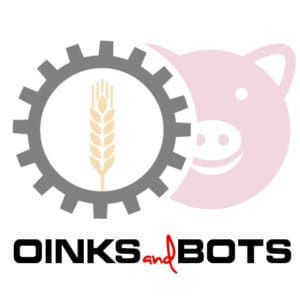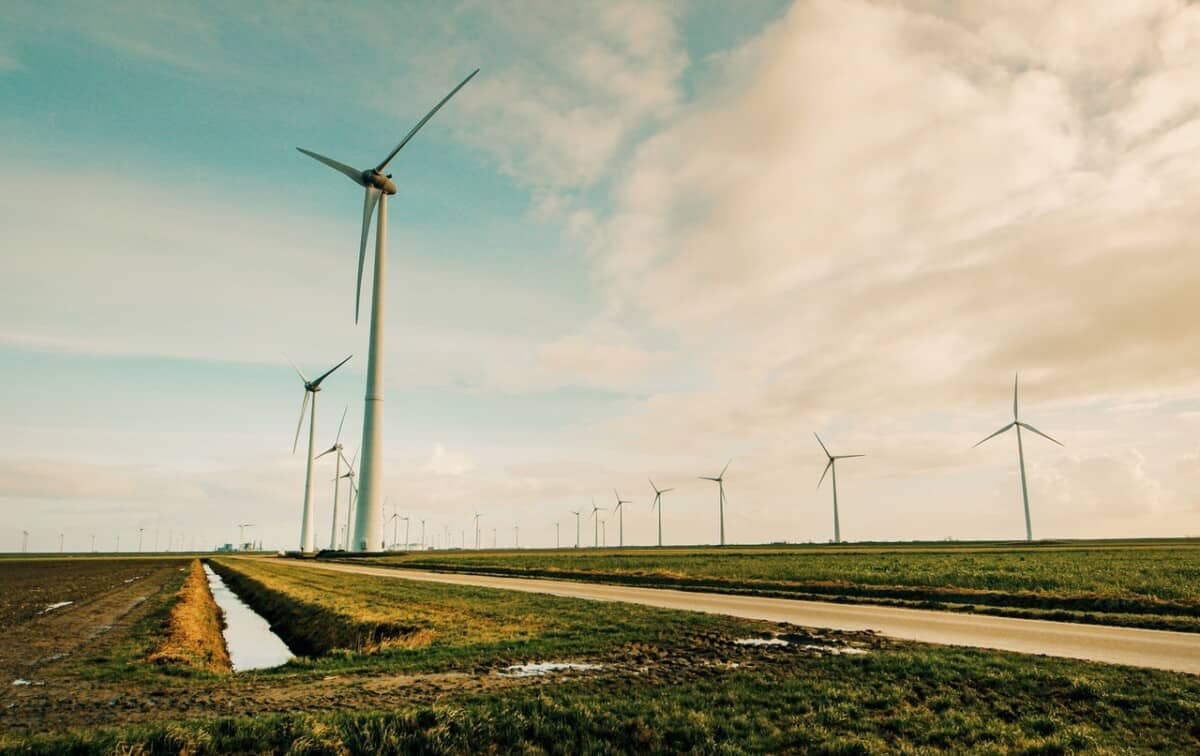Technology has, without a doubt, changed farming. Better insight data, real-time monitoring, GPS-guided drones, web-based production, and planning tools are just a few examples of how farmers are using technology to transform how they work and do business.
That’s why we decided to analyse these technological trends – and, at the same time, looking ahead to see what the farm of the future might look like.
How Drones Are Transforming Farming
If you’re a farmer – or work in the agricultural industry – you won’t be surprised to hear that drones (otherwise known as Unmanned Aerial Vehicles) have been in commercial use since the 1980s.
Regulations have relaxed in recent years. This, coupled with increased investment in UAEs, has led to drones being used more within the farming sector.
Soil & field analysis
Historically, satellites were used for crop monitoring. But this was not completely successful – due to poor image quality, cost, and the effect weather had on data quality.
These days, drones and crops can accurately monitor crops and deliver reliable data. This information is updated often to provide fresh insight that farmers use to adjust their practices and improve efficiency.
Used this way, drones can:
- Provide multi spectral images of a crop that can then be reviewed to determine its health and maturity across time
- Expediently identify a fungal or bacterial problem early, allowing early action to be taken – saving time, stress, and money
Irrigation agriculture
Nowhere in the developed world is water used more than in Irrigation Agriculture. Despite this, faulty systems and inefficient techniques lead to much of this water being wasted. This isn’t just wasteful; it’s also expensive.
Specialized drones fitted with monitoring equipment can isolate areas of a field where water supply is insufficient (commonly referred to as ‘hydric stress’). Using infrared technology, they are able to photograph entire tracts of land – empowering farmers to target those areas deficient in water supply.
To find out how to set up your drone for success, make sure to check out my article on it!
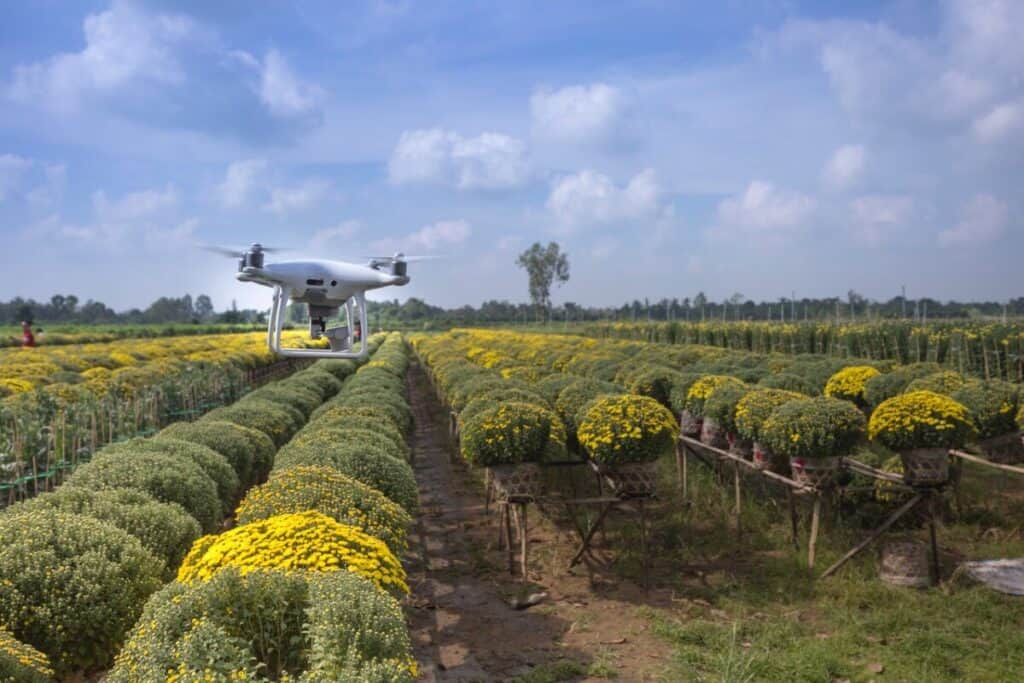
Real-time monitoring
As demand for livestock and crops grow, due to an ever-growing global population, farms will continue to grow in size.
This poses a challenge for modern farmers. How do they locate and monitor their vehicles, assets, and workers across such a vast space?
Lost assets can have a harmful effect on a farm’s profit margins, so maintaining real-time visibility of your fleet and people is essential.
Four benefits of real-time technology
- Determine where vehicles have been left. That way, it’s possible to determine whether they’re in a safe location and move them to prevent theft of storm damage.
- Once fitted to a vehicle or piece of farm equipment, GPS tracking systems can supply vital data designed to build maintenance schedules or prevent expensive waste idling.
- GPS tracking systems can also be used to:
- Work out the most efficient route to help workers get from A to B – cutting down on time wastage and wear and tear on vehicles
- Flag up areas of land that have already been worked on, avoiding duplication and preventing workers from taking fruitless detours
- Telematics is often used to determine where workers are and what they’re doing – improving operational efficiency and improving inter-team communication.
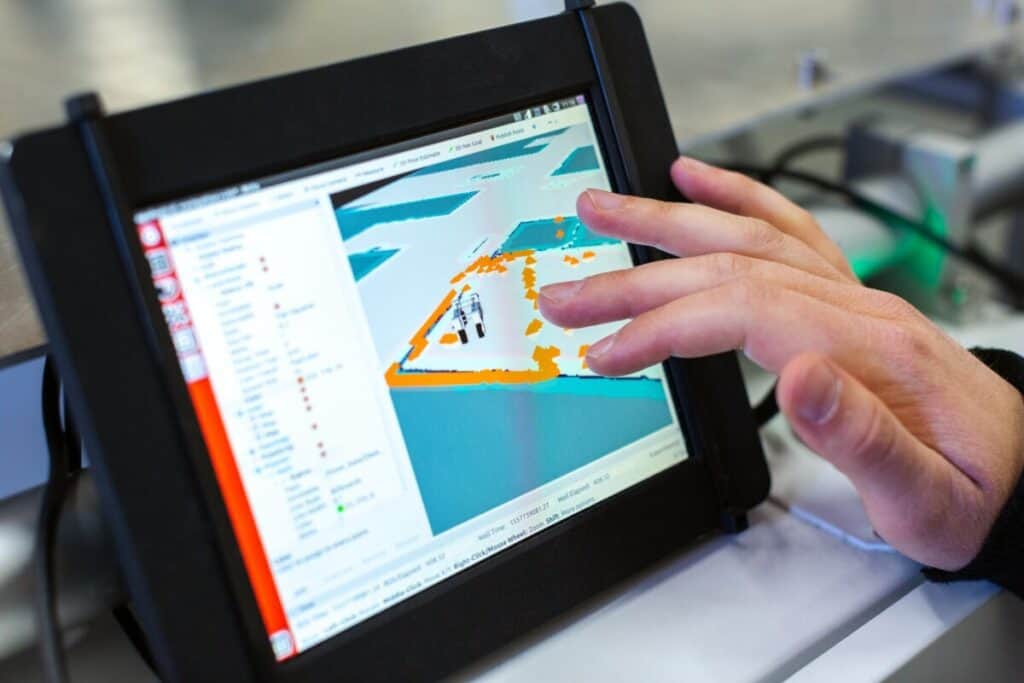
Better Transparency Through Blockchain
Recent food scandals have led to calls for greater transparency, which is now possible thanks to Blockchain: a connected system of records (or blocks) that are incorruptible and which approve and verify transactions.
How consumers & retailers use Blockchain data
Blockchain is relatively new and is used to automate information gathering for retailers – who then share that data with consumers buying their products. In straightforward terms, it is a record of transactions that are formed into blocks. These blocks cannot be changed, which greatly reduces the possibility of fraud.
In terms of how this technology benefits the farming industry, consumers can scan a QR code using their mobile to learn:
- Whether pesticides or chemicals were used, for example
- If pesticides or chemicals were used, who made them?
- The name and location of the farm selling the product
- When the product was grown and by who
In the event of a problem, produce can be traced to its point of origin. A relevant example would be a food safety recall due to e-coli. In a case such as this, farmers would be notified quickly – allowing them to conduct relevant quality checks and shut down production if a risk existed.
By acting decisively, these farmers would reduce their financial loss. Their rapid action would also curry favor with retailers – who would experience less operational disruption and harm to their reputation.
Farmers who use Blockchain technology will develop relationships of trust with the retailers they serve (and the consumers they sell to). Those who fail to keep up will lack the agility to keep up in a faster and more demanding market – meaning they suffer significant losses and even go out of business.
Using Sensors & Data For Livestock
Livestock management encompasses dairy farms, cattle ranches, and a range of other livestock-related businesses. These animals must be properly monitored, fed, and cared for. In the last decade, data-driven technology has evolved to make it easier to track and manage livestock.
The age of the ‘connected cow’
It’s not unusual for farmers to fit sensors to their herds. This enables them to monitor the activity of their cattle and get insight into the health of individual cows – and, at the same time, the overall herd.
Also referred to as animal genomics, this process provides a holistic view that helps farmers understand:
- Any genetic risks that could affect the health and profitability of their herd
- How to develop efficient strategies that will improve breeding decisions
- The best way to help their animals grow and develop
- How their livestock interact with one another
- Any health issues affecting individual animals
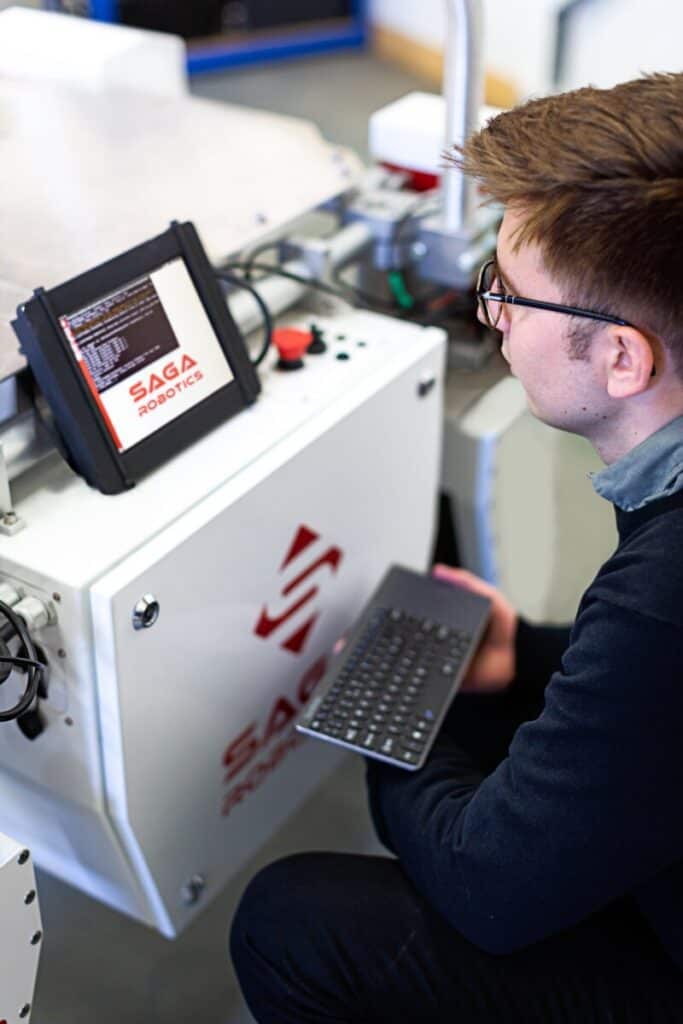
The Rise Of Greenhouses
Over a period of time, we’ve witnessed the greenhouse industry grow in scale. Gone are the small scale facilities of times gone by. These have been replaced by competitive businesses that are happy to go head-to-head with well-known players in the food production sector.
The use of technology
To keep pace with competitors and meet market demands, modern greenhouses have turned to technology.
An example of tech used by modern greenhouses is LED lighting, which:
- Lengthens daylight hours while allowing plant recovery/regeneration using a phased sunrise-sundown setting
- Lasts longer than other types of light, which translates into better cost efficiency
- Speeds up harvest cycles, removing limitations imposed by seasons
Scaling and localizing
The greenhouse industry isn’t just growing. It’s increasingly basing itself close to urban areas, so as to tap into consumer demand for fresh food all year round. To achieve this goal, modern greenhouses have used venture funding and other means to become more competitive.
If you are interested in growing an indoor garden, whether that would be commercially or for a hobby, make sure to check out my other blog interior herbs!
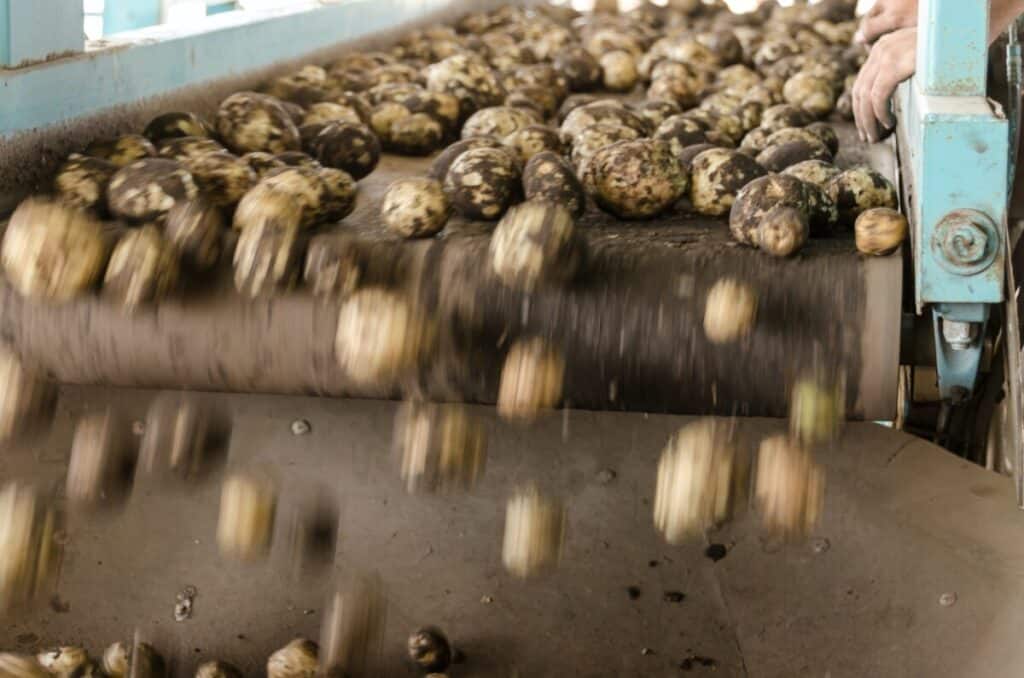
How Technology Will Transform Farming Tomorrow
It’s not just about what’s happening today. The world is changing, meaning that today’s technology might not be up to the job tomorrow. That said, the industry seems to be forward-thinking and prepared for the challenges ahead.
In the future, expect to see:
- More consolidation. With farmers approaching retirement age outnumbering younger ones, it’s likely that businesses will merge and increase in scale.
- More robots. As the global population continues to grow (by 2050 it’s estimated to hit an all-time high of 9.1 bn) these larger consolidated farms will struggle to keep up using human labor alone – and will turn to robotics to solve the crisis.
- Indoors could become the new outdoors. There is an argument that the agricultural industry as a whole needs to rely less on chemicals and water if it wants to produce better yields. Indoor environments may pose the solution, as they (arguably) deliver improved growing conditions.

